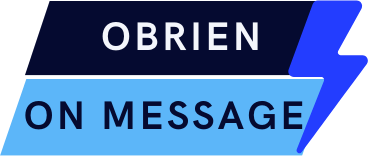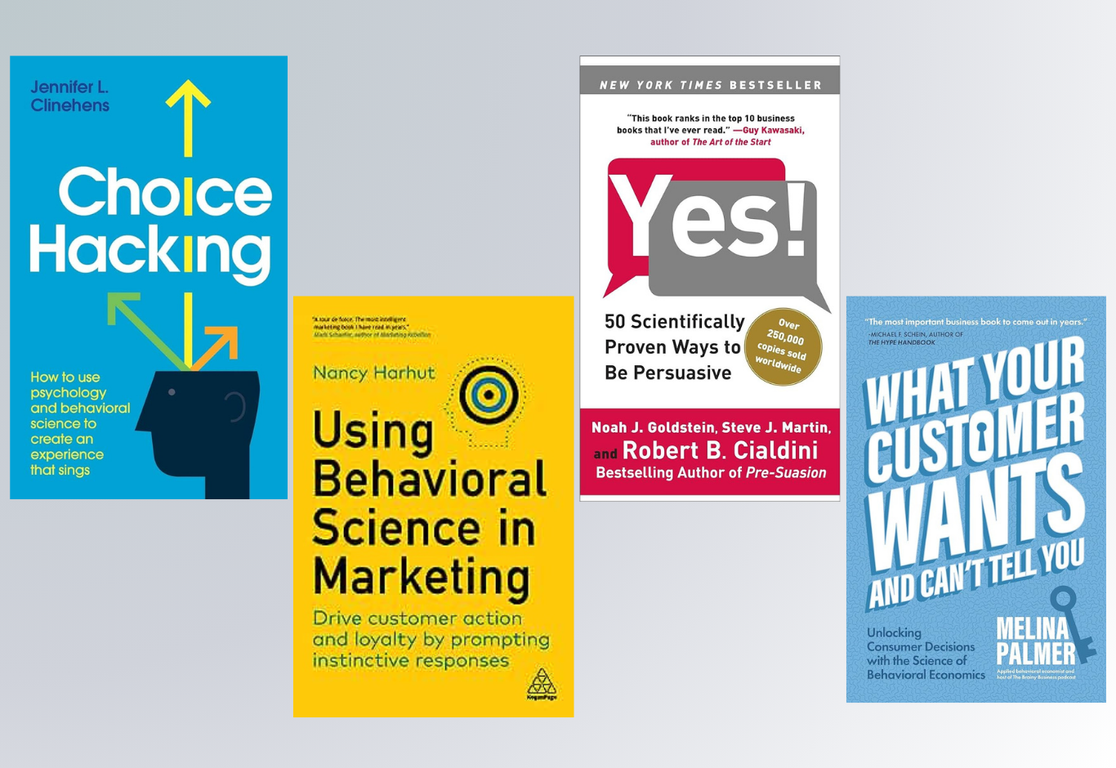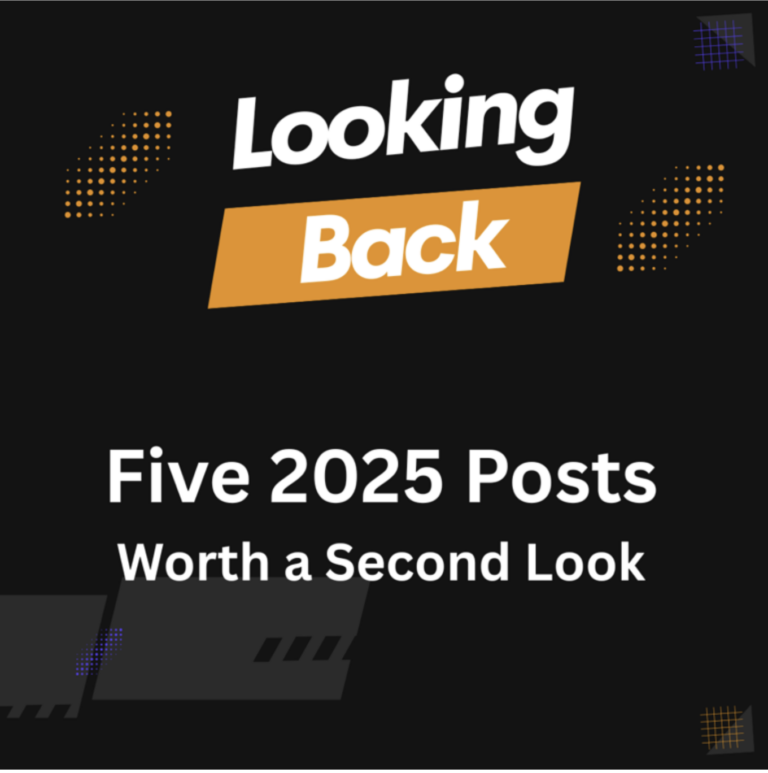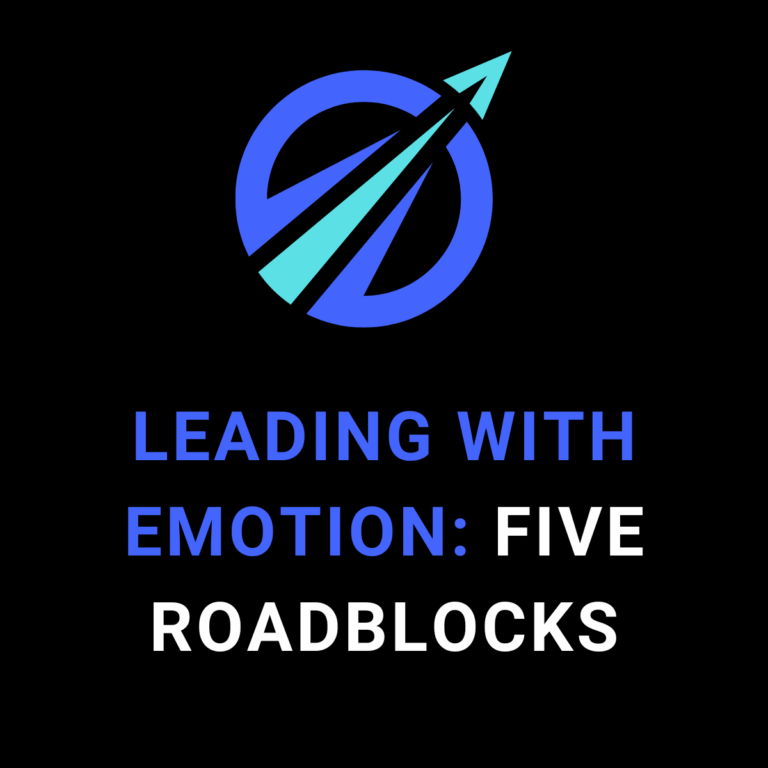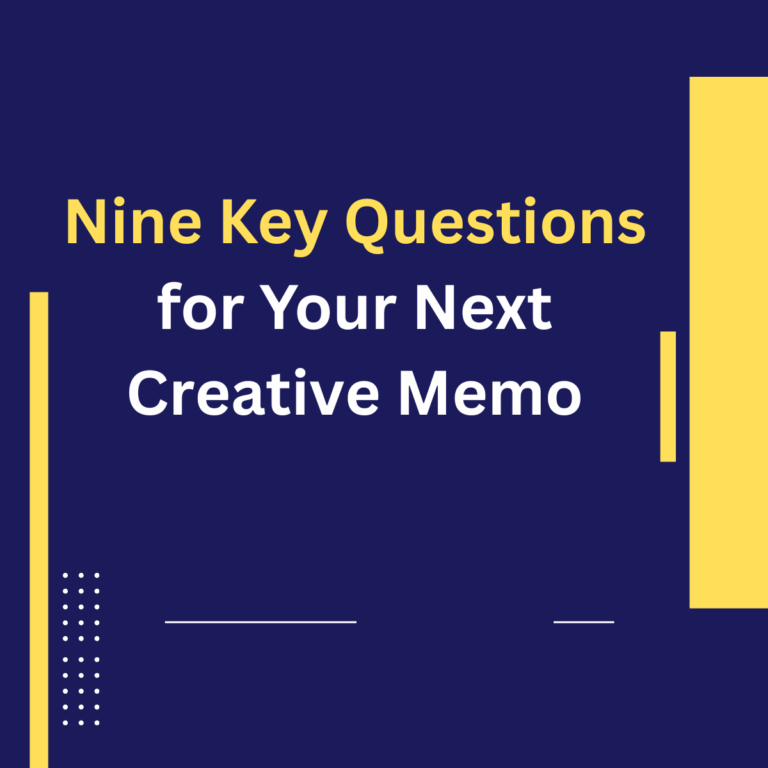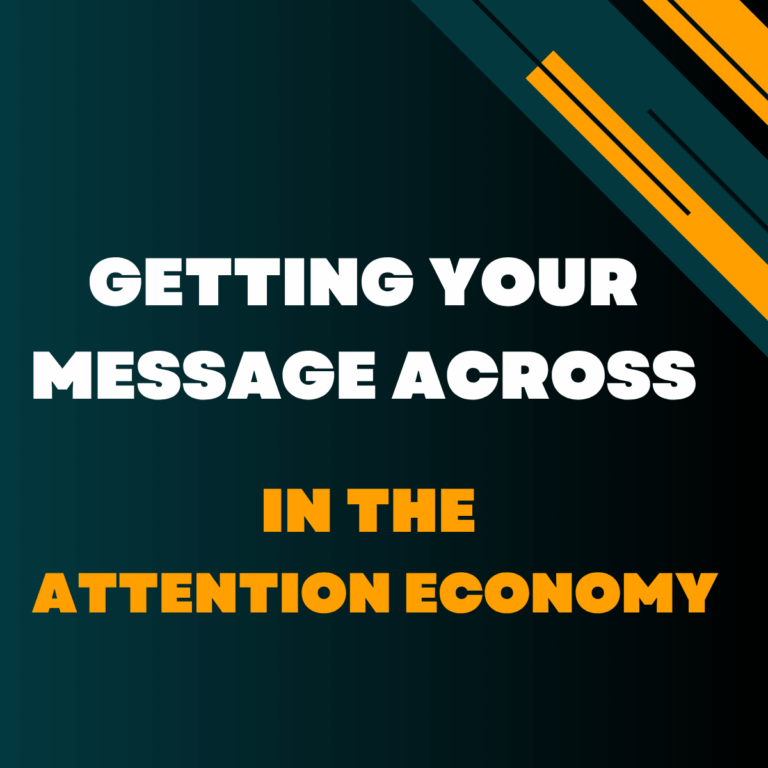From Commerce to Causes: Lessons from Commercial Marketers
As communicators, there’s much we can learn from outside the nonprofit world. Today I’m launching an ongoing, periodic series called From Commerce to Causes to explore how commercial marketers leverage the mental shortcuts people use to make everyday decisions.
The average person makes 35,000 decisions daily, about 36 per waking hour. Robert Cialdini, a leading expert on persuasion psychology, underscores the necessity of shortcuts in our complex world: “We can’t be expected to recognize and analyze all the aspects of each person, event and situation we encounter in even one day.” Without simplifying, he says “we would stand frozen – cataloging, appraising and calibrating – as the time for action sped by and away.”
Understanding and ethically deploying these shortcuts
(behavioral scientists term them judgmental heuristics)
can make our messages decidedly more persuasive.
Let’s look at four specific examples of mental shortcuts used by commercial marketers – and how we can adapt and apply them in the nonprofit world.

Melina Palmer, author and host of The Brainy Business podcast, often recounts an experiment with two nearly identical grocery store displays featuring Snickers bars. One display said “Snickers bars buy them for your freezer,” while the other changed one word to read “Snickers bars buy 18 for your freezer.” The result: Sales of Snickers bars increased by 38% when the number “18” replaced the word “them.” Palmer explains how anchoring (unconsciously using 18 as a reference point) and adjustment (coming up with a figure less extreme than the anchor) are at work here.
She notes that while the word “them” often goes unnoticed, the number “18” can jolt the subconscious, prompting thoughts like, “18?! That’s unusual. I’ll just get six instead.”
This anchoring and adjustment dynamic has clear implications for fundraising. For instance, asking a $100 donor for a $1,000 gift often results in a donation in the $250 range. The donor perceives the $250 amount less as a serious upgrade from $100 and more as a scaled-back response to the larger $1,000 request.
Another behavioral science concept at play here is framing. Palmer points out that the phrase “buy them for your freezer” suggests the question “Do you want to buy Snickers?” In contrast, “buy 18 for your freezer” subtly shifts the question to “How many Snickers do I want to buy?”
This kind of framing is at work in how a well-crafted membership renewal request differs from a special appeal. With an appeal, the burden is on the group to address the implicit question “Why is now the time that I should make another donation to this cause?” But a well-done renewal shifts the burden to the donor: “Why wouldn’t I want to continue supporting this work I’ve already invested in?”

In her book Using Behavioral Science in Marketing, Nancy Harhut recounts the story of Collin Street Bakery near Dallas. Their specialty is fruitcakes which are very popular with people once they try them. The challenge is getting new people to try them. “After all,” Harhut notes, “fruitcake is the dessert that often finds itself the butt of jokes.”
So how did the bakery get mail orders to jump up by 60 percent? They didn’t change the recipe. They didn’t alter the price. Drawing on one special ingredient, they simply relabeled “fruitcake” as “native Texas pecan cakes.”
It’s a fun illustration of the power of labeling. Here’s another from the nonprofit world. Years ago, I helped the Sierra Club Legal Defense Fund change its name to Earthjustice. Initial research exposed deep donor resistance to making a change. It was seen as an insult to the Sierra Club, a waste of time and resources, and a distraction from the group’s essential legal work.
All of that changed when we provided context. We told people that while the group started out as the legal arm of the Club, it was now independent and did critical legal work for groups all across the environmental movement. Perhaps most importantly, we positioned the change as a move necessitated by the group’s scope and reach, essentially a tribute to the expanded role the donor’s support made possible.
Bottom line: Whether you’re naming a group, an initiative, a piece of legislation or a capital campaign, it’s crucial that the labels you choose and the stories you tell are clear, compelling and don’t provoke negative reactions you failed to anticipate.

Colleen Szot, a leading infomercial creator, made a simple change in a single line of copy. She shifted from the familiar “Operators are waiting. Please call now” to “If operators are busy, please call again.”
That simple change dramatically raised responses. As Robert Cialdini and his co-authors explain in 50 Scientifically Proven Ways to Be Persuasive, on the face of it the change didn’t seem to make sense. Why would you tell people their call might well be met with a busy signal. The answer: the principle of social proof. As Cialdini et. al. put it “When people are uncertain about a course of action, they tend to look outside themselves and to other people around them to guide their decisions and actions.”
The “operators are waiting. Please call now” line evokes an image of a roomful of bored telemarketers idly waiting around for someone, anyone, to call. The “If operators are busy, please call again” line conjures up people overwhelmed with calls because people like you are eager to order the product.
There are so many ways nonprofits can put social proof to work. A simple example: Instead of saying “A gift in this amount would really help,” we could test saying “Most people are making gifts in this amount.”
Even more impactful is recognizing that social proof can work in both directions. Here’s Nancy Harhut on the topic (emphasis added): “When trying to influence behavior, don’t spotlight the number of people who are not yet doing what you want them to do. The message it will send is that lots of people aren’t taking action. As a result, your target might not either.”
Take, for example, the timely topic of Get Out The Vote efforts. There’s a tendency for people to make pleas like this. “In 2020, millions of young voters in your state didn’t vote. If just 20 percent of previous nonvoters show up this year, it could determine the outcome.”
That approach might unknowingly convince your target audience that not voting is the safe, socially acceptable thing to do. Far better, perhaps, to frame it like this. “By showing up to vote in 2020, millions of young people in your state helped win critical elections. You can have that same game-changing impact by joining them and voting this November.”

Jennifer Clinehens, creator of the Choice Hacking book and podcast, shares a fascinating story about how Disney deployed the peak-end rule. It’s a psychological concept suggesting that people judge an experience largely based on two moments – how they felt at its peak (the most intense emotional point) and at its end. That’s in contrast to people judging an experience based on the total sum or average of every moment of the experience.
Back several decades ago, Disney figured out that the end of peoples’ experience is not when they walk out the park gate. It is actually when they get home and look at pictures from their trip.
So they went to Kodak and figured out what colors in the park would look the best in photos. Then they painted the park in those colors, all designed to make peoples’ memories more vivid.
What does this mean for nonprofits as they seek to shape their supporters’ experience of a campaign or initiative?
- First, make sure that when you map people’s experience, you focus not just on points of contact but on their emotional journey.
- Second, don’t labor in equal measure over every step in the journey. Focus on the emotional peak and the end point.
Hopefully, you enjoyed and found useful this first foray into the From Commerce to Causes perspective. I’ll be sharing more examples of what nonprofit communicators can learn from our commercial marketer counterparts at different points in the weeks ahead.

